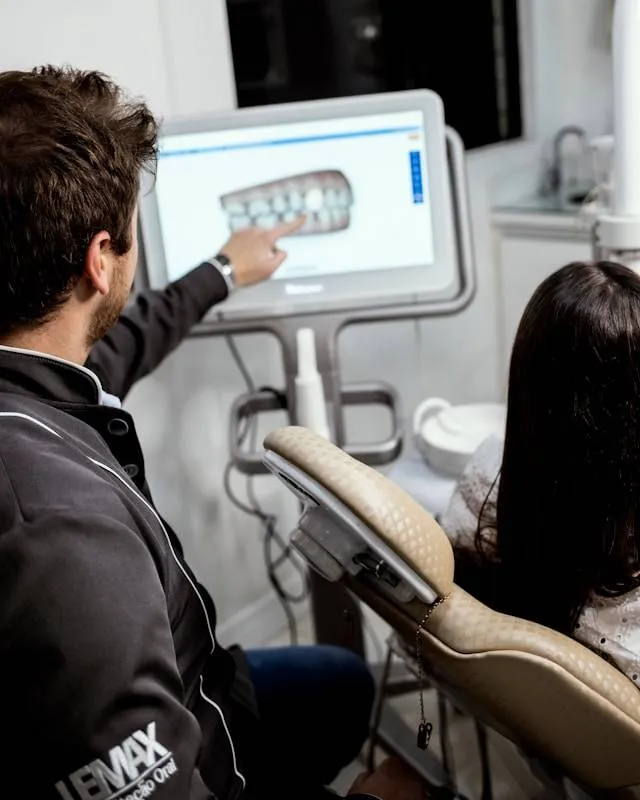
-
Monday - Saturday: 8am - 12pm ; 2pm - 8pm
Sunday: 8am - 12pm - Make an appointment
- [email protected] Contact us

Monday - Saturday: 8am - 12pm ; 2pm - 8pm
Sunday: 8am - 12pm
All-on-6 and All-on-4 dental implants are advanced technologies that restore a full set of teeth with fewer implants, making the procedure faster, more comfortable, and less expensive. We will compare All-on-6 dental implants with All-on-4 dental implants, evaluating their pros, cons, and compatibility with different dental conditions.
Dental implants consist of three parts: the implant, the abutment, and the crown. In short, an implant is a screw that is permanently bonded to your jawbone and replaces the root of your tooth. The abutment supports a tooth or a group of teeth. The visible part of the tooth is the artificial crown or crown. Zirconium or porcelain is used to ensure the durability and aesthetics of the crown.
Dental implants can replace one, several or all teeth to restore function and appearance. Dental implants can be performed All-on-4 and All-on-6.
All-on-4 and All-on-6 refer to the number of implants used to anchor the denture, which is “4” (All-on-4) or “6” (All-on-6).
Patients who have lost many teeth or are about to lose all their teeth can use the All on 4 dental implant method. Four dental implants support the entire jaw. The All-on-4 technique is suitable for patients with limited bone density or volume.
All-on-6 dental implants use six implants instead of four, and are recommended for larger jawbones because they can handle more implants.
When considering dental implants, you often hear “All-on-6” and “All-on-4.” Both options have their pros and cons. Knowing the difference between All-on-4 and All-on-6 dental implants will help you make the right choice.
The All-on-4 dental implant method places four implants into your jawbone to support a complete set of teeth. The dental surgeon places two implants in the front and two in the back to utilize the bone. The rear implants are angled to maximize bone contact and anchor the artificial teeth. These four implants will support a complete set of dentures.
The main benefit of All-on-4 implants is that there is no need for bone grafting. Because the implants are placed in areas of the jawbone that have sufficient bone, even patients with severe bone loss can undergo this treatment. All-on-4 is less expensive than other full-tooth restoration procedures and in many cases can be completed in a single day.

The All-on-6 implant procedure supports a complete denture arch with six bone-based implants. Two additional implants provide stability and strength, which is beneficial for people with larger jaws or those who chew or talk a lot.
The All-on-6 technique may also look more natural than the All-on-4 technique. Because the additional implants distribute pressure more evenly when you bite down, the artificial teeth may feel more like natural teeth (about 14 teeth).

Patients with significant bone loss may require bone grafting prior to All-on-6 implants, which require more bone volume. All-on-6 implants are more expensive and take longer to place than All-on-4.

1. Our websites and newsletters are not intended to replace the services of a physician and do not constitute a doctor-patient relationship. They are for informational purposes only and are not a substitute for professional advice. Please do not use the information
2. The Vietnamese version is the main version, which has reference value. We have tried our best to make the other versions (English, Japanese, Korean) as good as possible. However, there are still errors, especially in foreign languages. We hope that readers will inform us of such errors via the contact form or at [email protected] . We thank you for your valuable help.
© 2025, Sakura Dental Clinic . All Rights Reserved.